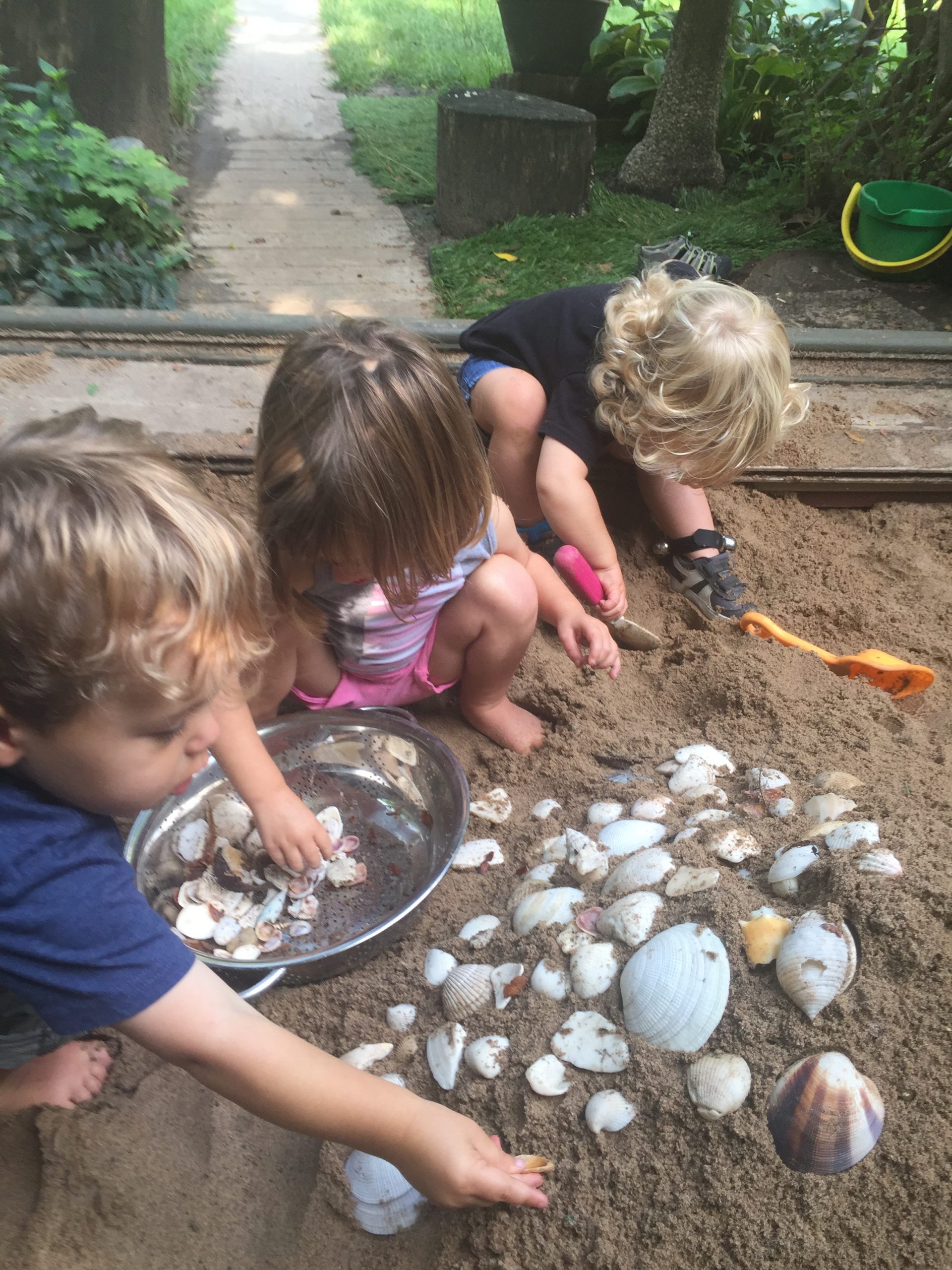Return of the Sand Gardens
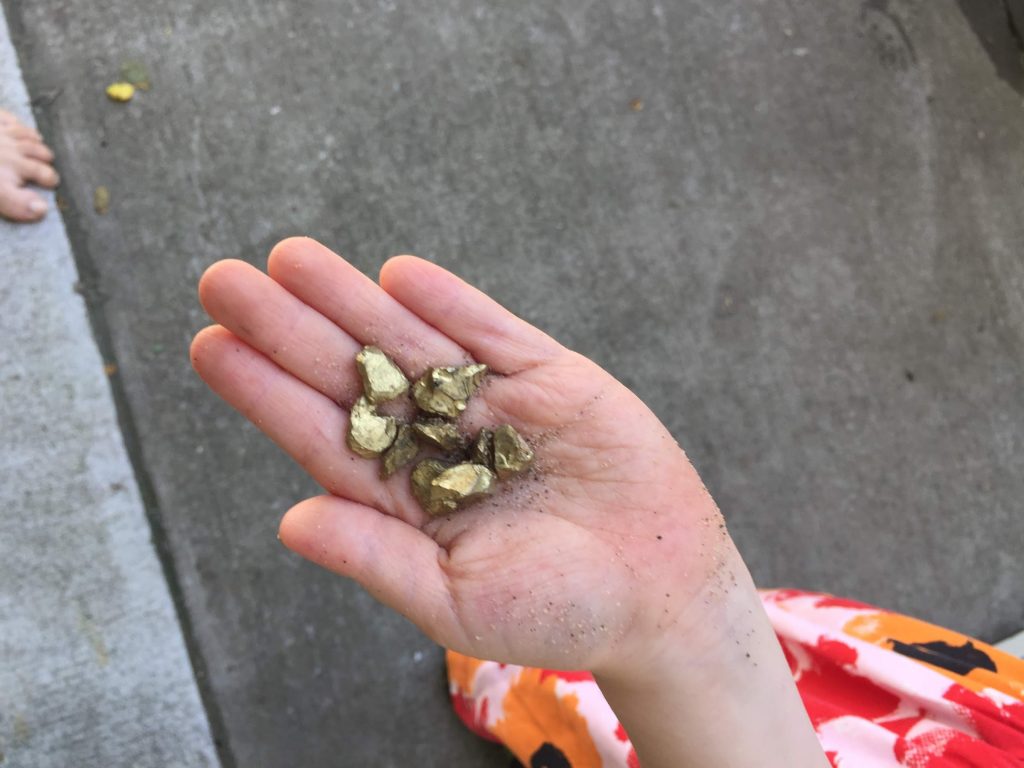
“I found GOLD!” squeals Laura. Four little friends are quick to join her in the latest gold rush in the sandbox. In the wee hours of the morning, often when the sun is barely above the horizon and the coffee is still being brewed, gold will magically appear in our sandbox. Spray-painted rocks that will give our young friends hours of digging, collecting, hoarding and, hopefully, sharing.
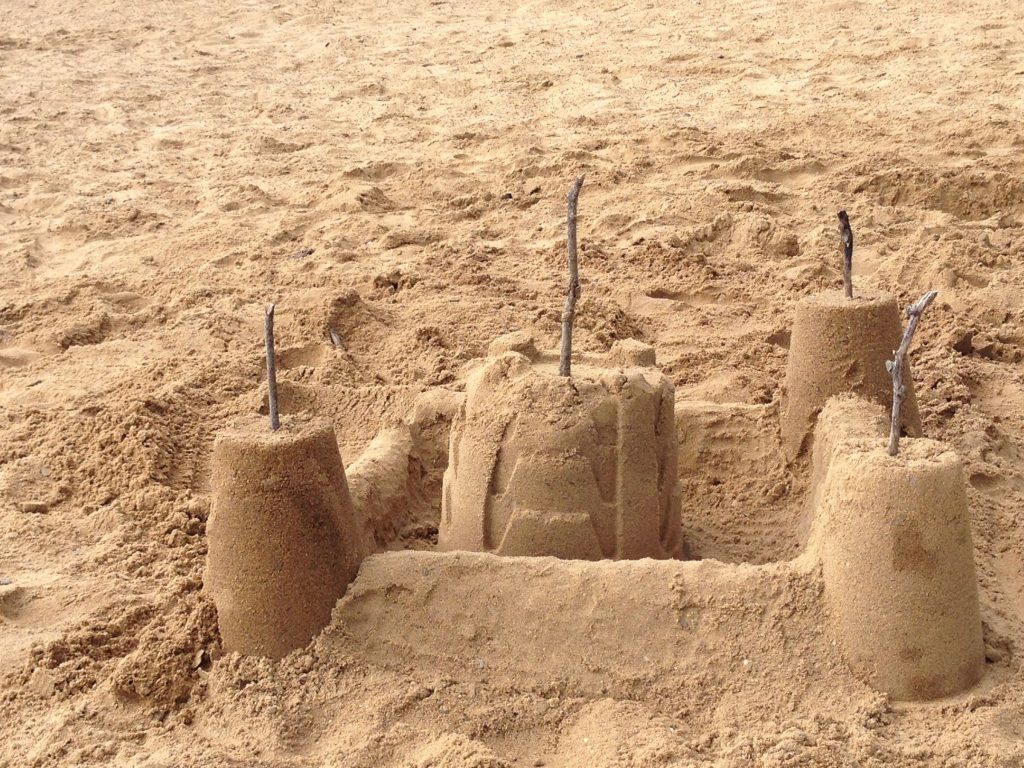
Once upon a time back in 1886, the first sand garden was created in the yard of the Children’s Mission on Permenter Street on the North End of Boston. In the late 1800s, sand gardens were viewed as safe places for immigrant children to play in during the summer months while their parents worked in factories. Today, these early sand gardens are often referred to as America’s “first playgrounds.” As we reimagine education during the pandemic, perhaps we should harken back to a simpler time and create sand gardens for our young learners!
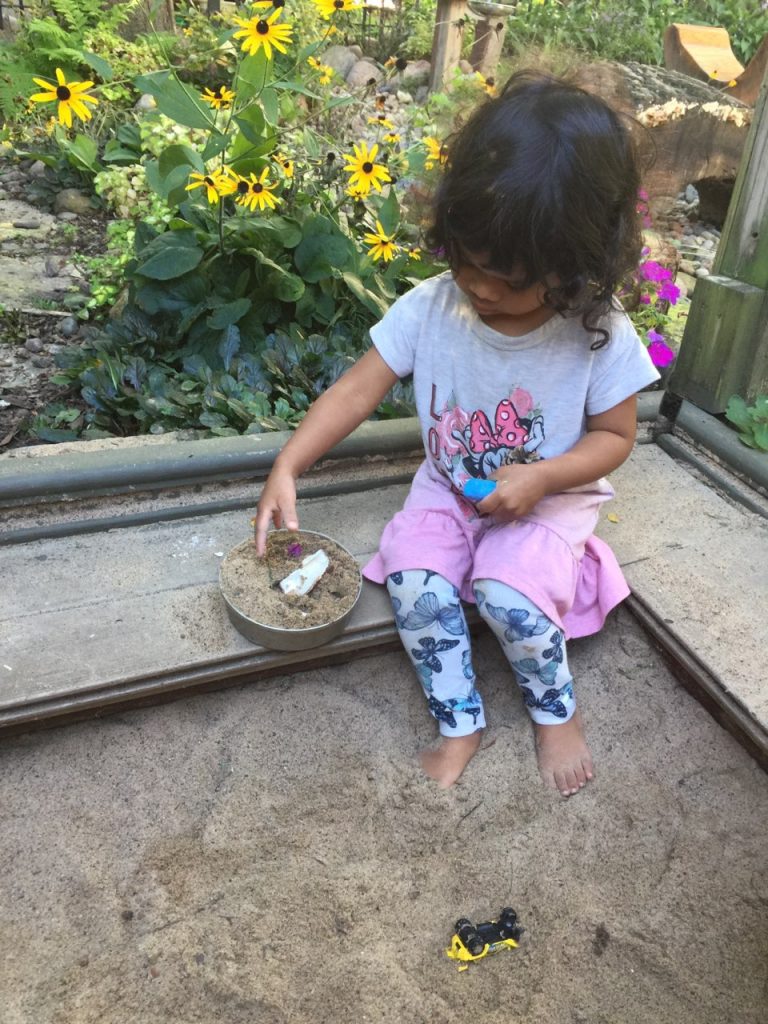
A sandbox seems so simple, but it is truly a blank canvas—inviting curiosity and creativity, exploration and investigation. It offers a soothing sensory experience and an opportunity to experience natural textures while experiencing the peace and simple pleasures of sand play. Peer pressure will entice wary friends to strip off their shoes and tentatively join in the fun. Placing a big “Shoe Basket” near your sandbox is essential for your own mental health. It will save you hours of searching for socks and shoes. When we add loose parts to our sand, we create opportunities for counting, collecting and designing. We can explore symmetry and patterns. By adding baking tools, we can explore measurement and estimation. Opportunities abound for vocabulary growth and lessons about location and position.
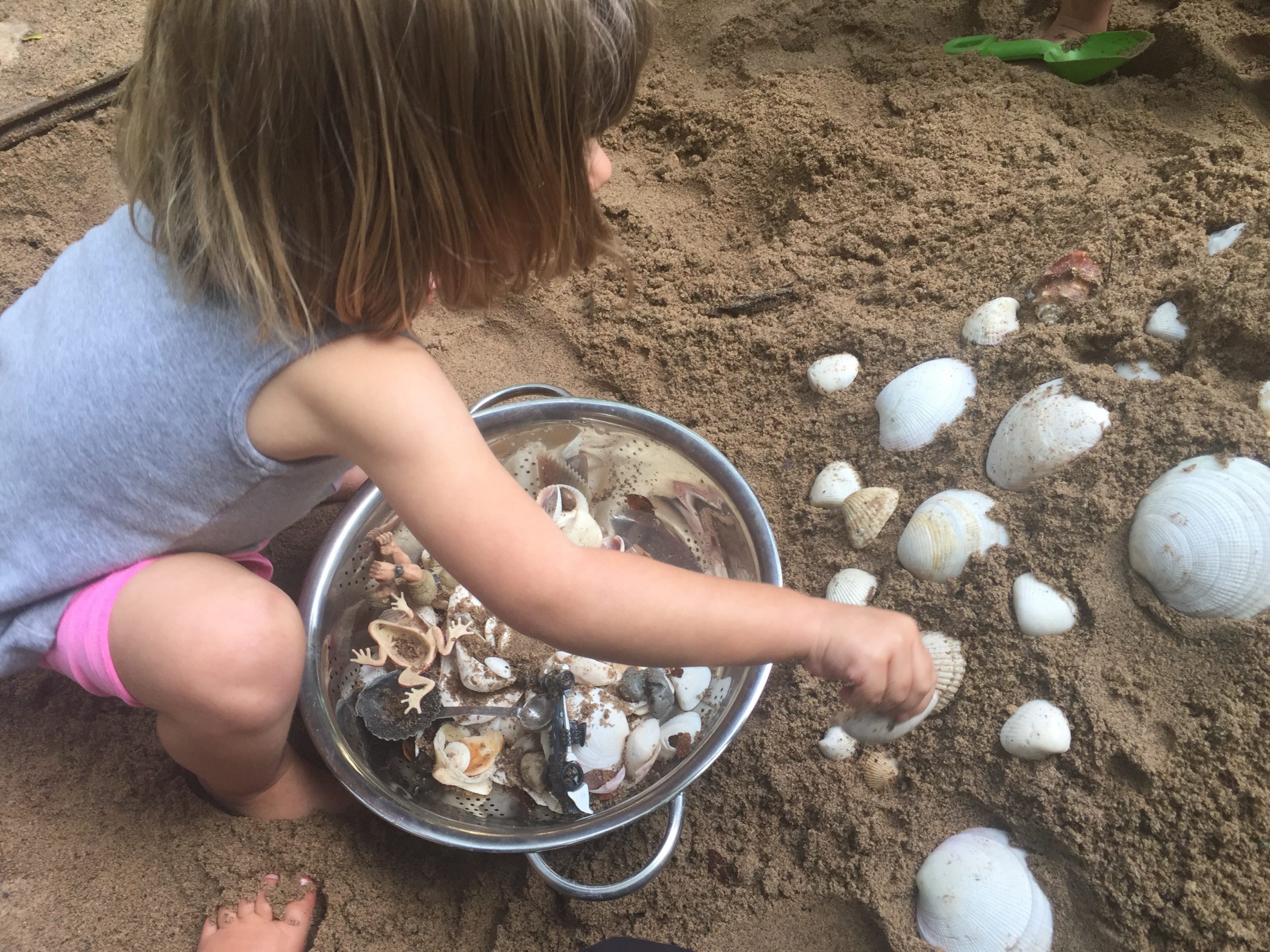
“Joseph, can you get the trucks to drive under our castle?” The children have been busy building and decorating large mounds of sand. Now they have moved on to cautiously digging out tunnels. Tunnel digging builds engineering knowledge as the children predict, problem-solve and collaborate with friends—all while spending long periods of time engaging in what appears to be play. Are you documenting this? Check those early math and science learning standards off of your list!
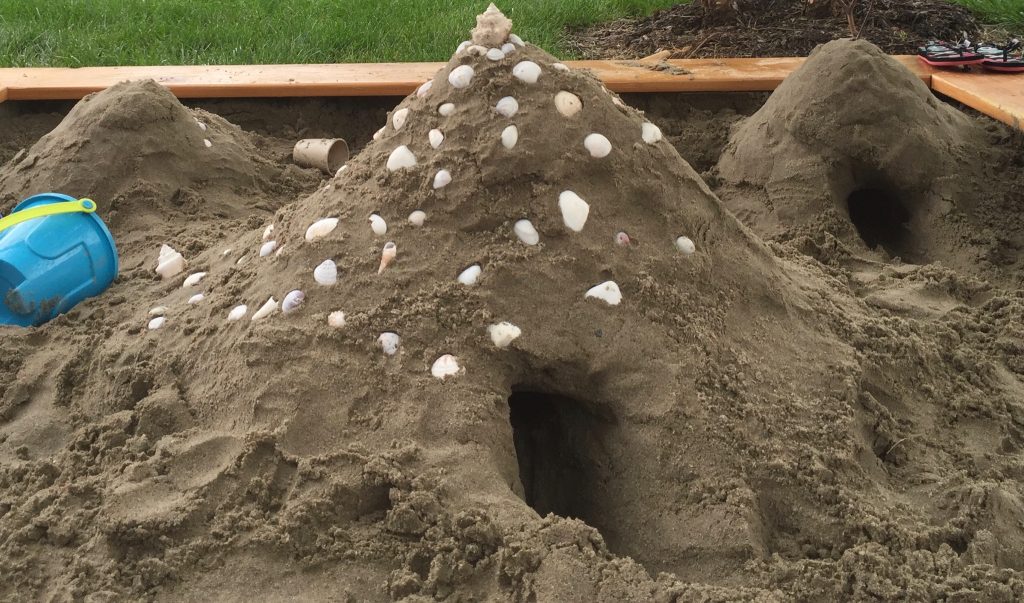
We can encourage children to mix sand with water to see how adding water changes the physical properties of the sand. This sand play allows the children to create models of their own making. What they imagine, they can create. They create plans, make observations and experiment with ideas. This is science!
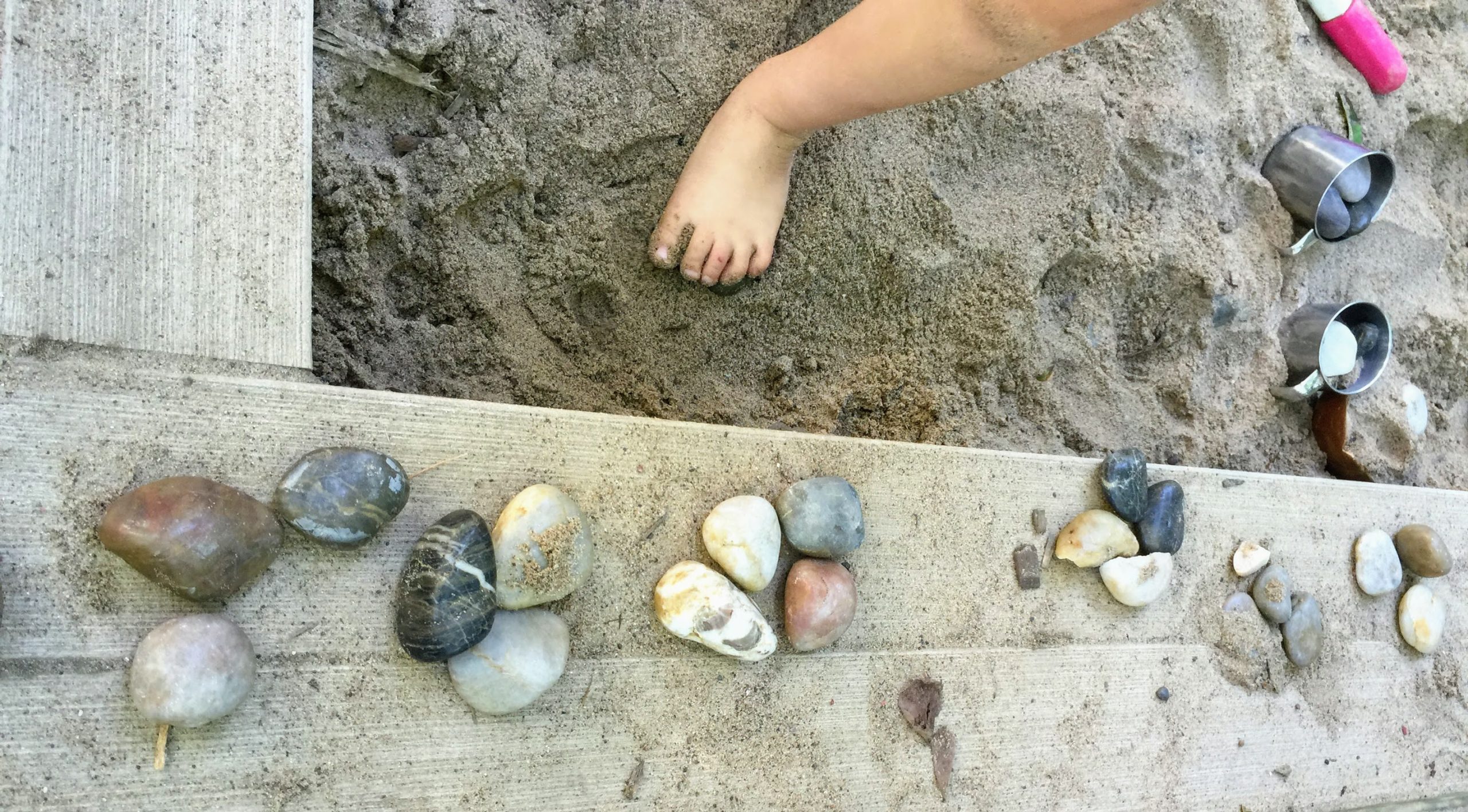
As educators and parents, we often miss the opportunities and possibilities that sand play presents. It took me years to figure out that if I took three minutes to rake the sand and make it more inviting, my effort would be rewarded as more children engaged in hours of deep learning and exploration every single day. Consider preparing your sandbox as essential as prepping any other area of your classroom. If the sandbox is full of leaves, too many loose parts from yesterday’s play or any other undesirables, it won’t be, well…desirable! Make sure your sandbox is inviting, and you will “invite” the children to explore math and science concepts with a soothing blank canvas. Unless, of course, there is a major construction project underway. On those days, I gently place a tarp over the sandbox to protect the project until our pint-sized “construction crew” returns the following morning.
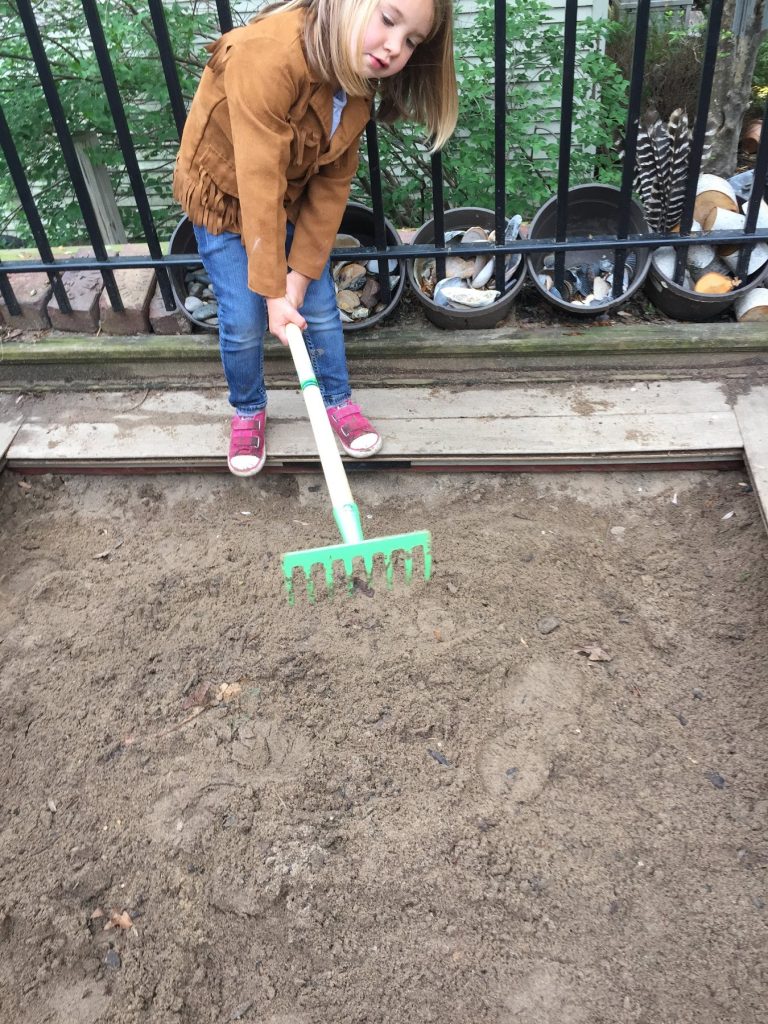
If sand is a new adventure for you, recognize and remove any obstacles early on. One important tip is that you must have a water source nearby to make the sand packable. A garden hose, gallon buckets of water or nearby rain barrels will open up a treasure trove of opportunities that are not possible with dry sand. Shade is another important element to consider. You can create shade with a large umbrella if you do not have a tree to shade your sandbox. Or you can use parachutes from the gym, which can be strategically placed with a little bit of ingenuity to create shade.
I know educators who are allergic to sand in the same way that they are allergic to playdough. Ha! I know who you are! But, in this year of uncertainty, let’s allow our students to enjoy the serenity, sensory pleasures and myriad possibilities of outdoor sand play.
I promise you, it will buy you hours of calm, hands-on learning. If you build it, they will come. Just do it!
